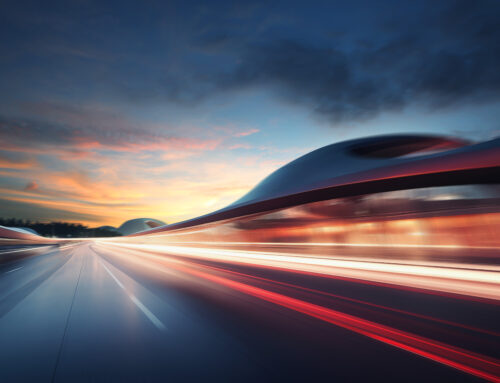Last time on the blog we gave a very basic rundown of driverless vehicles, their history, and pros and cons. This time we just wanted to go a little bit more in depth on how they work. What are the mechanics of a driverless car and how they operate on our roads?
LIDAR UNIT
Look at the top of any of Google, or Uber smart cars and you will see a large mount system. This is the LIDAR, or Light Imaging Detection and Ranging unit. This unit constantly spins and uses invisible laser beams to generate a complete 360 degree image of the environment for the car’s main computer to analyze data.
Cameras
Just under the rotating LIDAR unit are a set of cameras. These utilize multiple images to measure distance and also detect traffic lights and signs and assist in the recognition of moving objects.
Radar Sensors
Found on many cars that still require a driver as well, these basic sensors detect and measure the distance from the car and possible obstacles.
Computers
All of those input devices wire to the main brain, usually found in the truck that analyzes the provided data against its stored information such as maps to assess the situation and to react to it.
Many of these devices are in use in smaller capacities on most mass market vehicles. Some combination of radar/laser/camera based detection that alerts the driver to a possible collision are in place. Self parking systems utilize cameras and sonar to maneuver the vehicle into proper place with the driver operating the brakes. Cruise control is based off tech from the 17th century and has seen wide adoption. All that is to say, with so many smaller systems being adopted to augment our driving, it might just be a matter of time before the autopilot systems take over completely.



